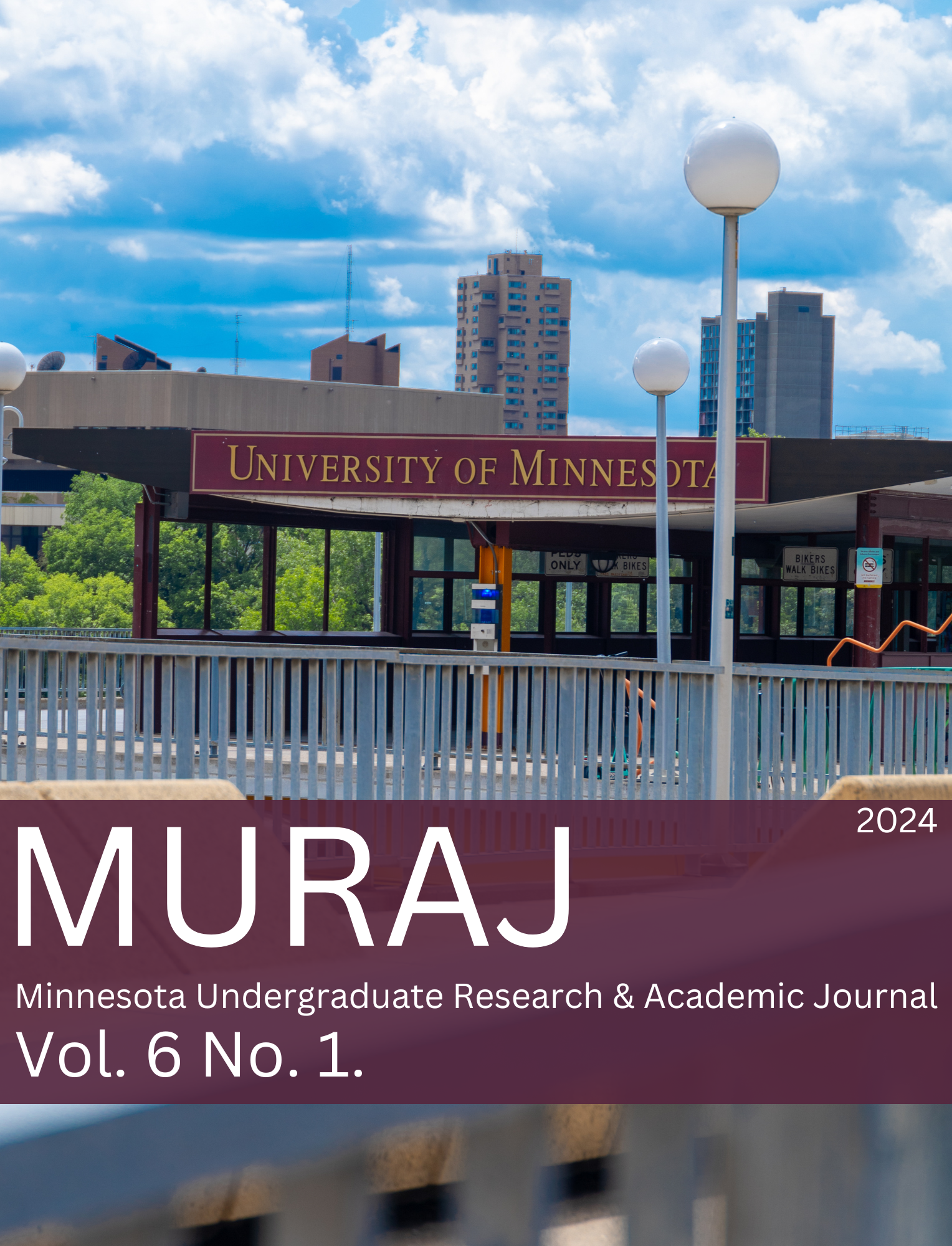Wandering Son’s Negative View of the Transgender Experience: An Emphasis on Pain and the Marked Absence of the Transition
Main Article Content
Abstract
The Japanese manga Wandering Son (2002-2013) centers around several transgender youth as they grow into high schoolers. Although it features many empathetic, realistic scenes of the transgender experience, its worldview is pessimistic, concluding with its characters being discouraged from transitioning. Its once-hopeful transgender protagonists are forced to suffer more and more as the series continues, traumatized without recourse. Ultimately, it becomes a question if Wandering Son is explorative or exploitative of the transgender condition. Transgender literary criticism of Wandering Son vis-a-vis its harmful aspects is limited to informal spaces, and not easily present in published academic discourse. This paper aims to elucidate the series’ critical flaws: a disappointing lack of familial support or mentorship, its overreliance on exhausted transgender tropes, and transgender-boy-to-cisgender-girl Yoshino Takatsuki’s “de-transition.” Another cause for concern is the potential influence of Wandering Son on its readership. Its non-transgender audience can put down the manga and leave the characters’ struggles behind, but the perpetual anguish of the transgender characters in Wandering Son offers closeted and vulnerable transgender readers – many currently living through similar forms of pain – only despair. Even though revolutionary in concept, Wandering Son is objectively not to be labeled as the epitome of transgender representation in the medium of manga. There already exists an abundance of narratives that disrespect its transgender characters, and like Wandering Son, only further dominant societal misconceptions of how we live and survive.
Article Details

This work is licensed under a Creative Commons Attribution-NonCommercial 4.0 International License.

All work in MURAJ is licensed under a Creative Commons Attribution-Noncommercial 4.0 License
Copyright remains with the individual authors.

